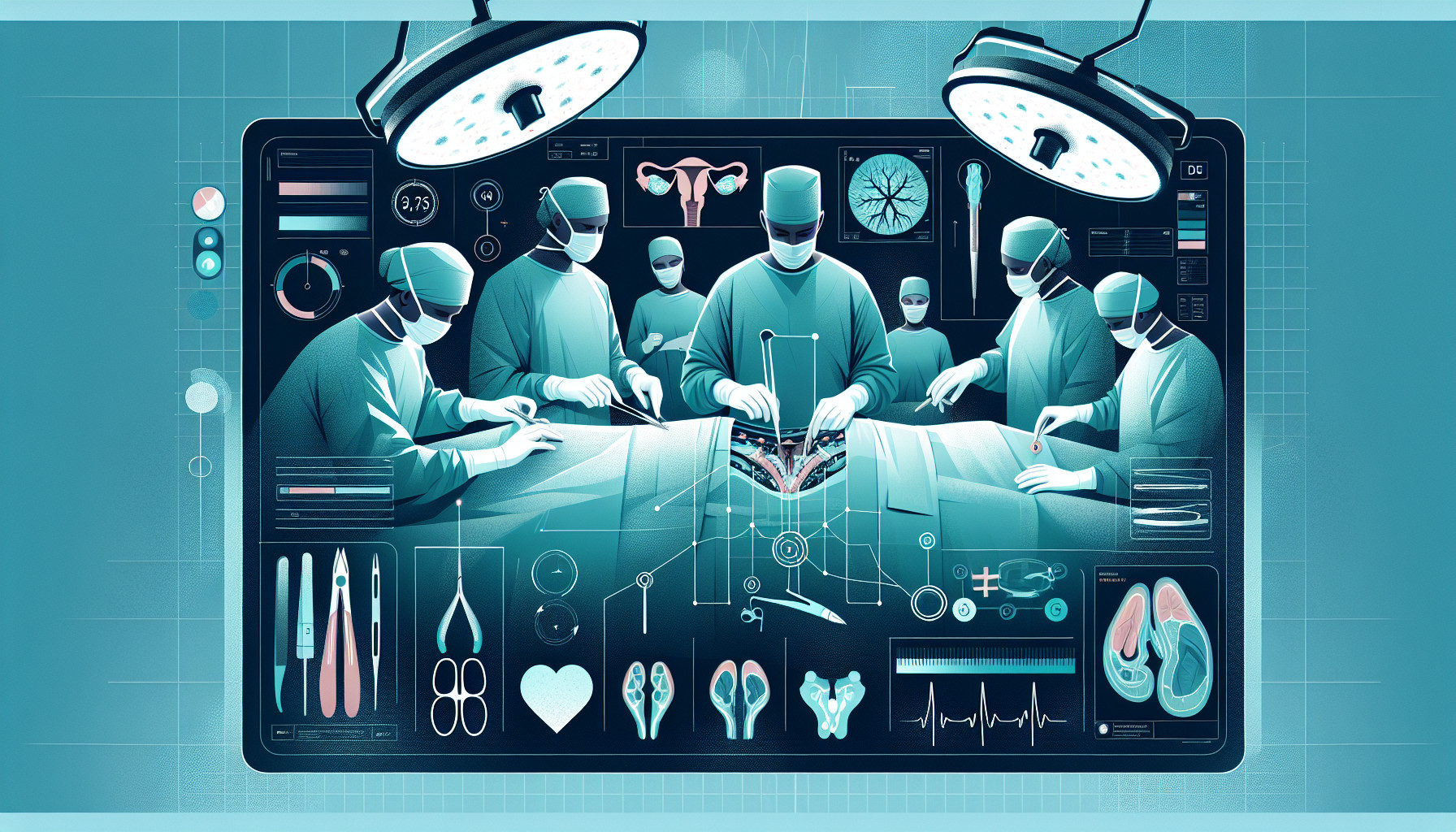Our Summary
The blood vessels in the testicles, both arteries and veins, can vary more often than we think. These variations occur due to changes in the blood vessels during a baby’s development in the womb. Sometimes, these variations are found by chance during surgeries in the kidney area and can cause complications. Many researchers have tried to categorize these variations, but these attempts have not been fully successful. This study aims to create a simple but thorough classification of these testicular blood vessel variations.
The researchers looked up relevant articles in the PubMed database and analyzed them. They looked at 31 original research articles, 83 case reports, and 1 review article. They found that both the artery and vein variations in the testicles were more common on the left side than the right side.
The researchers then categorized the testicular arteries based on their number, where they start, and their path. They categorized the testicular veins based on their number and where they drain blood. This classification will make it easier for radiologists to identify, understand, and report these variations. It will also help surgeons improve their treatment methods.
FAQs
- Why do variations occur in the testicular blood vessels?
- How did the researchers categorize the testicular arteries and veins?
- How can the classification of testicular blood vessels help surgeons improve their treatment methods?
Doctor’s Tip
One helpful tip a doctor might tell a patient about testicular surgery is to follow all pre-operative instructions provided by the medical team, including fasting before the surgery and avoiding certain medications that can increase the risk of bleeding. It is also important to discuss any concerns or questions with the surgeon before the procedure to ensure a successful outcome. After the surgery, following post-operative care instructions, such as keeping the area clean and avoiding strenuous activities, is essential for a smooth recovery. If any unusual symptoms or complications arise, it is important to contact the medical team immediately for further evaluation and treatment.
Suitable For
Patients who may benefit from testicular surgery include those with testicular torsion, a condition in which the spermatic cord becomes twisted, cutting off blood flow to the testicle. This is a medical emergency that requires immediate surgery to prevent permanent damage to the testicle.
Other patients who may require testicular surgery include those with testicular cancer, which may involve removing the affected testicle (orchiectomy) or performing a testicular biopsy to diagnose the type and stage of cancer.
Additionally, patients with conditions such as varicocele (enlarged veins in the scrotum), hydrocele (fluid buildup around the testicle), or epididymal cysts may also undergo testicular surgery to alleviate symptoms or prevent complications.
Overall, patients recommended for testicular surgery are those with conditions that cannot be managed effectively with conservative treatments and require surgical intervention to improve their quality of life or prevent serious health complications.
Timeline
Before testicular surgery:
- Patient consults with a urologist or specialist about their condition and treatment options.
- Patient undergoes preoperative testing and assessments to determine the best course of action.
- Surgery is scheduled and patient receives instructions on how to prepare, including fasting and stopping certain medications.
During testicular surgery:
- Patient is put under anesthesia and the surgery is performed to address the issue, whether it be for a tumor removal, repair of a torsion, or other reasons.
- Surgeon identifies and addresses any blood vessel variations that may be present during the procedure.
After testicular surgery:
- Patient wakes up from anesthesia and is monitored for any immediate complications.
- Patient may experience some pain and discomfort in the surgical area, which can be managed with medication.
- Patient is given postoperative care instructions, including wound care, activity restrictions, and follow-up appointments.
- Patient may need to undergo additional testing and monitoring to ensure proper healing and recovery.
- Patient gradually resumes normal activities as directed by their healthcare provider.
What to Ask Your Doctor
Some questions a patient should ask their doctor about testicular surgery include:
- What type of testicular surgery do I need and why?
- What are the potential risks and complications of the surgery?
- How long will the recovery process take, and what can I expect during this time?
- Will I experience any changes in my fertility or hormone levels after the surgery?
- What are the chances of complications related to the blood vessels in the testicles during the surgery?
- How often do you perform this type of surgery, and what is your success rate?
- Are there any alternative treatment options available for my condition?
- Will I need any follow-up appointments or tests after the surgery?
- What can I do to prepare for the surgery and optimize my recovery?
- Are there any lifestyle changes I should make after the surgery to improve my overall health and well-being?
Reference
Authors: Nallikuzhy TJ, Rajasekhar SSSN, Malik S, Tamgire DW, Johnson P, Aravindhan K. Journal: Clin Anat. 2018 Sep;31(6):854-869. doi: 10.1002/ca.23204. Epub 2018 Jul 3. PMID: 29737575
